
وبلاگ سپهران | Attractions | The Tallest buildings in the World: A Look at Humanity’s Vertical Masterpieces
The Tallest Buildings in the World are not just massive metal or glass structures—they symbolize the technological, architectural, economic, and cultural identity of their nations. In this post from the Sepehran blog, we’ll introduce you to 10 of the world’s tallest freestanding towers. Each of these towers has a story, a unique function that connects a city from the heart of the earth to the sky. Stay with the Sepehran blog.
You’ll discover fascinating insights.
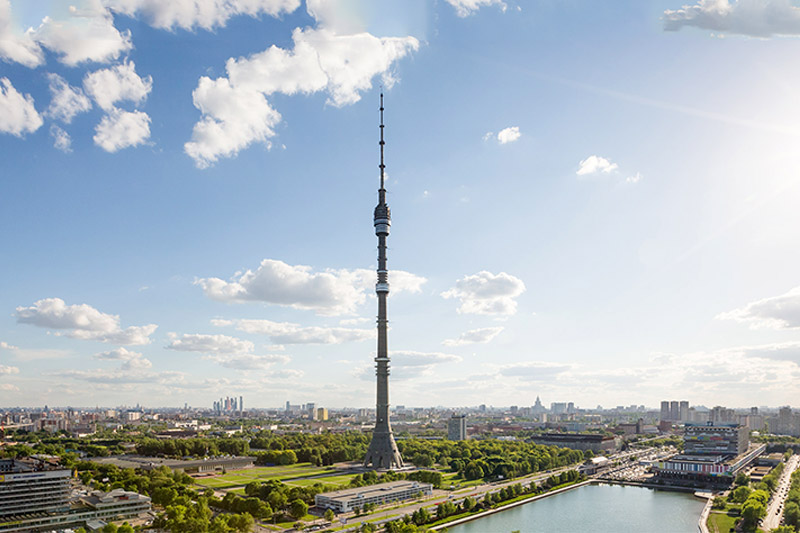
Function: Radio and television station, telecommunications center, tourism
With its prestressed concrete structure, Ostankino Tower is considered one of the engineering marvels of the former Soviet Union. Construction was completed in 1967, and for many years it held the title of the tallest freestanding structure in the world. Today, the tower not only serves as the backbone of Russia’s telecommunications but is also one of Moscow’s tourist attractions. The observation deck at around 337 meters offers a 360-degree view of the city. In addition, a revolving restaurant is among the popular leisure facilities of this structure.
| Height | Number of Floors | Design and Construction |
|---|---|---|
| 540 m | 120 floors | Nikolai Nikitin |
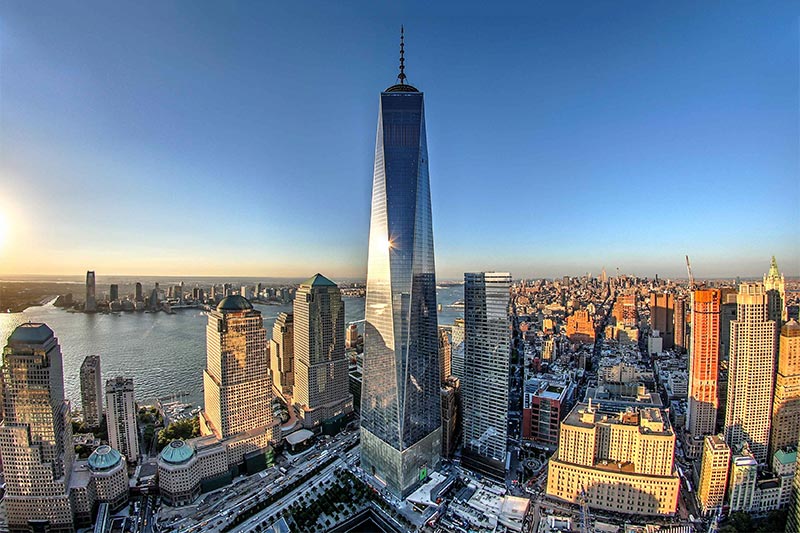
Function: Office, tourism, memorial
One World Trade Center, nicknamed the “Freedom Tower,” is the tallest building in the Western Hemisphere. Its construction was completed in 2014 to replace the Twin Towers destroyed in the 9/11 attacks.
In addition to office space for major companies, the tower includes a public observation deck, retail areas, and an advanced security system. The height of 541 meters (1,776 feet) symbolizes the year of American independence.
| Height | Number of Floors | Design and Construction |
|---|---|---|
| 541 m | 104 floors | Jaros, Baum & Bolles |
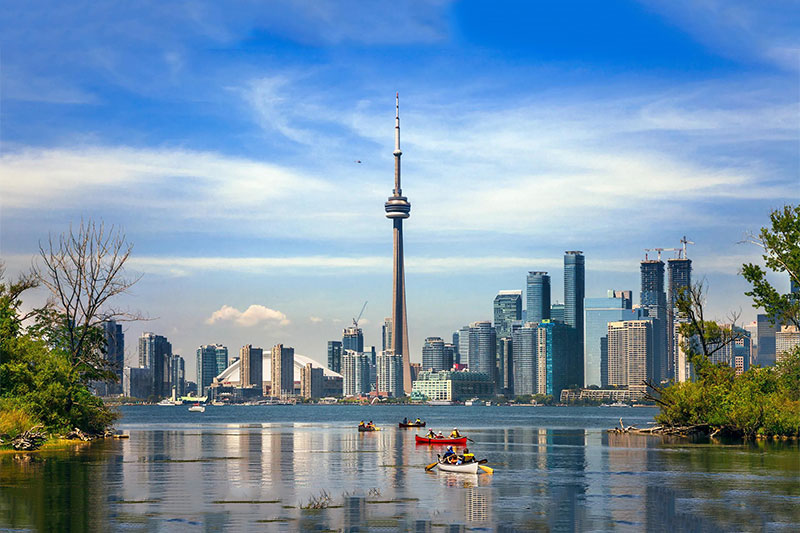
Function: Communications, tourism, and restaurant
The CN Tower is one of Canada’s most iconic landmarks. Completed in 1976, it held the title of the world’s tallest freestanding structure until 2009.
It features a glass observation deck, the Edge Walk experience (walking on the edge of the tower), and a revolving restaurant that offers a unique view of Toronto from 350 meters high. The tower’s primary function is to strengthen radio and television signals for the Greater Toronto Area.
| Height | Number of Floors | Design and Construction |
|---|---|---|
| 553 m | 147 floors | John Andrews |
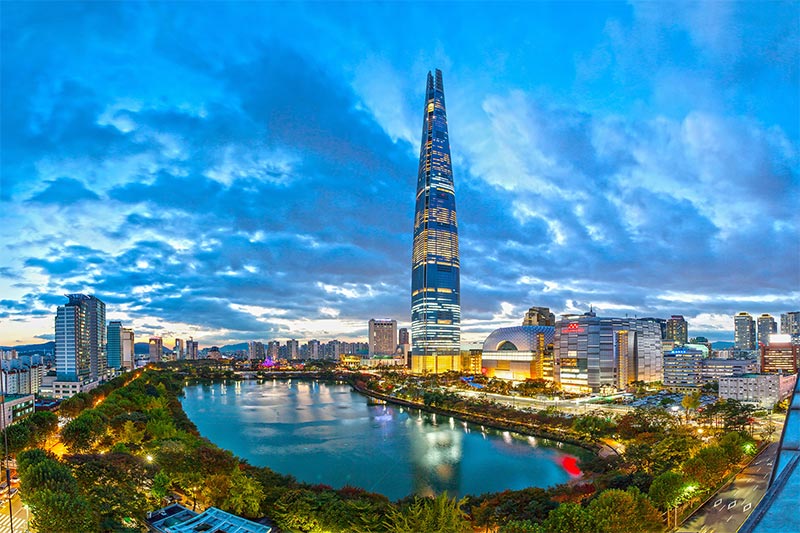
Function: Office, hotel, entertainment, observation deck
With its sleek glass facade, Lotte World Tower is the tallest tower in South Korea and the fifth tallest in the world. Its construction was completed in 2016.
The tower hosts a shopping mall, an aquarium, a cinema, and a panoramic observation deck on the 123rd floor. Parts of the building are dedicated to a luxury hotel and office spaces.
| Height | Number of Floors | Design and Construction |
|---|---|---|
| 555 m | 123 floors | Syska Hennessy |
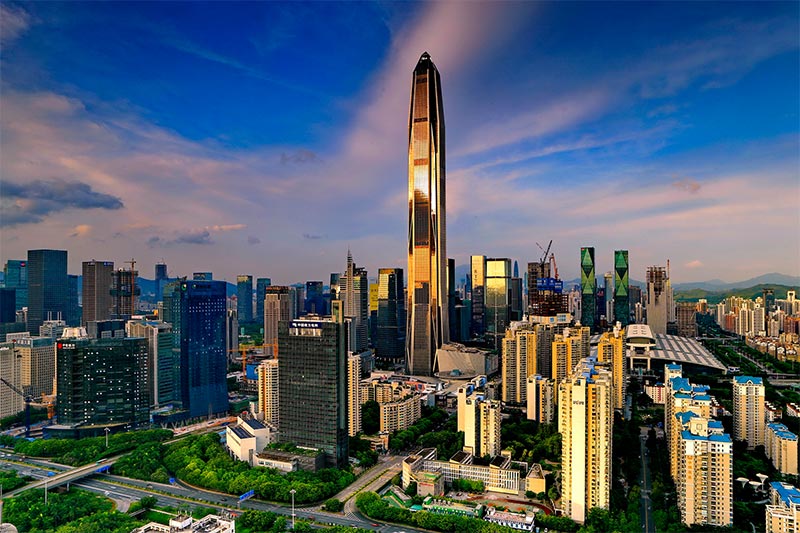
Function: Office, commercial, tourism
Built for Ping International Insurance Company, this skyscraper is located in the heart of Shenzhen’s economic zone. Its observation deck is among the highest in the world.
The slim, vertical design gives the tower a highly modern appearance. The upper floors are dedicated to conference rooms and executive offices.
| Height | Number of Floors | Design and Construction |
|---|---|---|
| 599 m | 115 floors | Kohn Pedersen |
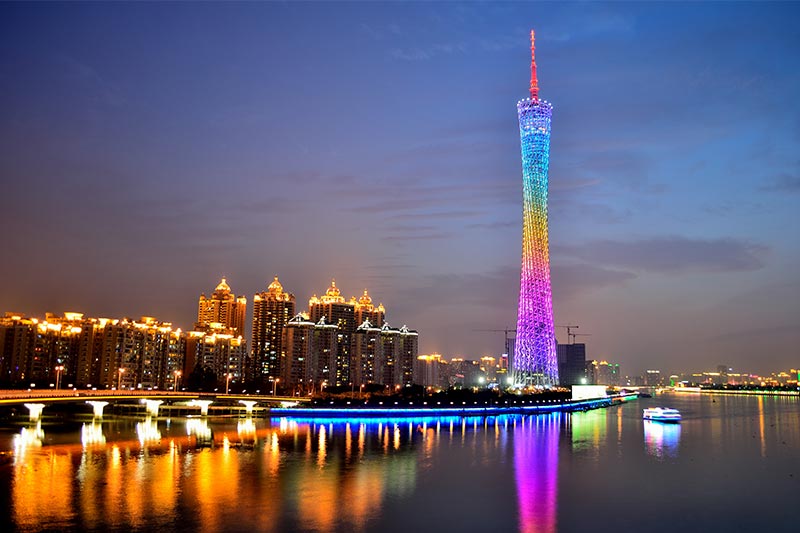
Function: Telecommunications, tourism, entertainment
With its spiral and distinctive design, the Canton Tower is one of the most recognizable landmarks in Guangzhou. Its glass observation deck offers an exhilarating experience for visitors.
The tower also features a Ferris wheel at a height of 450 meters, offering a unique experience for those who dare to ride it.
| Height | Number of Floors | Design and Construction |
|---|---|---|
| 600 m | 112 floors | Mark Hemel & Barbara Kuit |
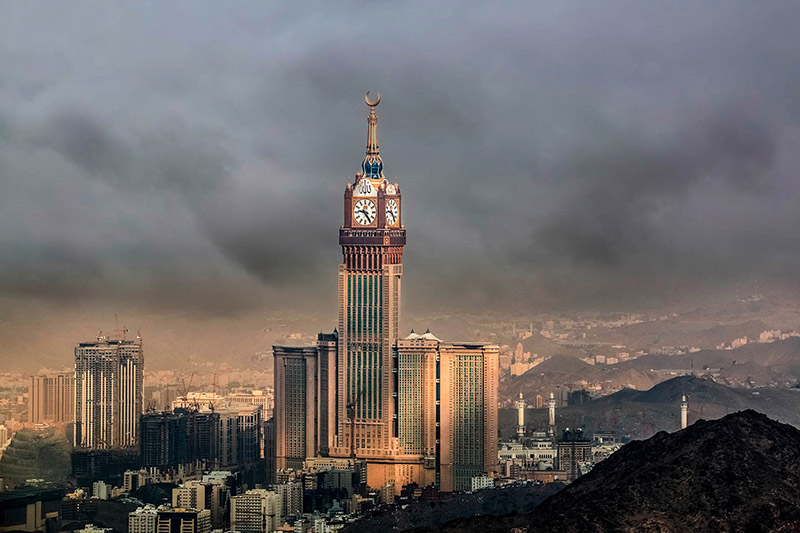
Function: Hotel, shopping mall, global clock, pilgrimage services
This tower is part of the Abraj Al-Bait complex and houses the Makkah Royal Clock Tower Hotel. The enormous clock mounted at the top of the tower is visible from kilometers away and is considered the official timekeeper of the Islamic world. Inside the tower, visitors can find shopping centers, banquet halls, and luxurious accommodations for Hajj pilgrims.
| Height | Number of Floors | Design and Construction |
|---|---|---|
| 601 m | 120 floors | SL Rasch GmbH and Dar Al-Handasah |
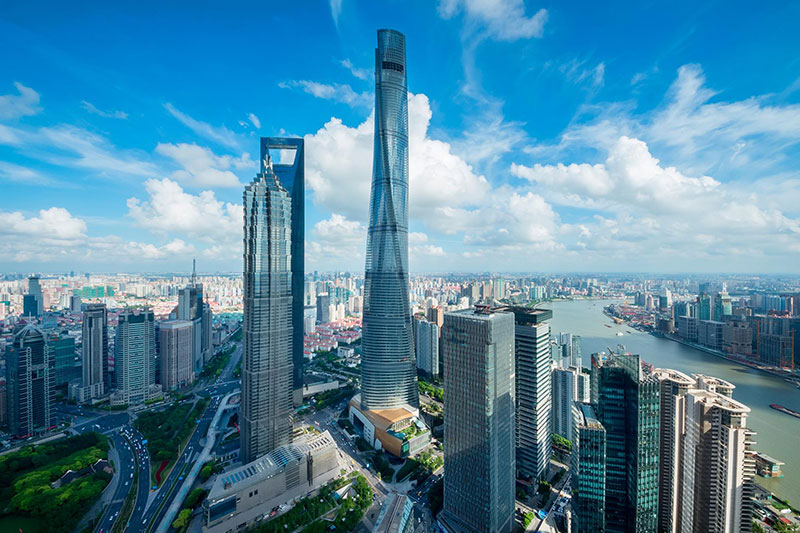
Function: Office, commercial, hotel, tourism
With its spiraling design, Shanghai Tower is not only one of the tallest towers in the world but also a symbol of China’s rapid economic growth. It features high-speed elevators and an observation deck at a great height. Thanks to its green design and cutting-edge technologies, the tower’s energy consumption is significantly lower than that of similar skyscrapers.
| Height | Number of Floors | Design and Construction |
|---|---|---|
| 632 m | 128 floors | Marshall Strabala, Arthur Gensler |
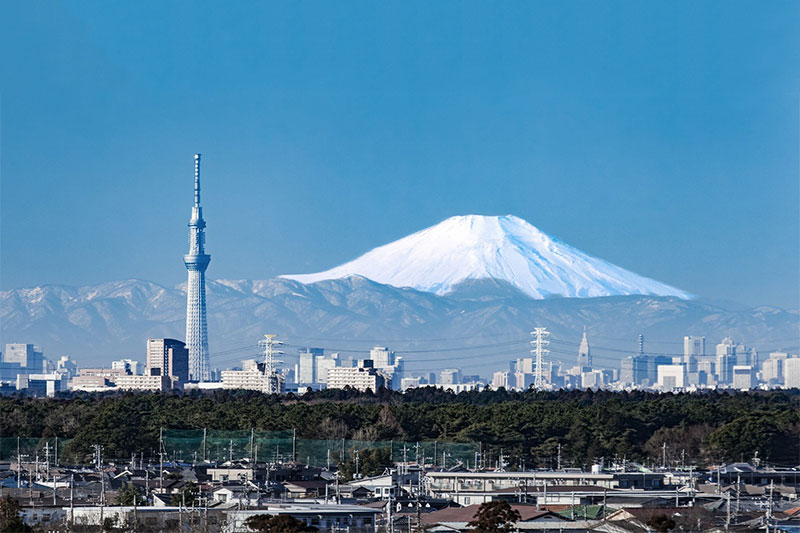
Function: Telecommunications, tourism, entertainment
Tokyo Skytree is the tallest structure in Japan, designed to improve digital broadcasting in densely populated areas. It was completed in 2012.
Two observation decks at 350 and 450 meters offer sweeping views of Tokyo. The tower also includes a restaurant, shops, and an aquarium.
| Height | Number of Floors | Design and Construction |
|---|---|---|
| 634 m | 29 floors | Nikken Sekkei |
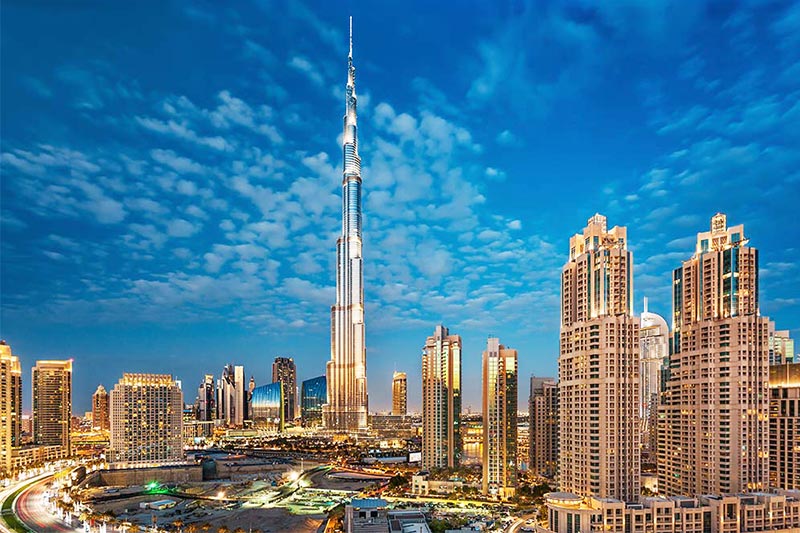
Function: Office, residential, hotel, tourism
Burj Khalifa in the UAE is one of the tallest structures in the world, located in Dubai. This tower is considered a symbol of the ambition and progress of the United Arab Emirates. Its construction was completed in 2010. The Burj Khalifa includes a range of offices, luxury apartments, the Armani Hotel, a restaurant, and observation decks on the 124th, 125th, and 148th floors. So, the view of Dubai from the top of this structure is an unforgettable experience.
| Height | Number of Floors | Design and Construction |
|---|---|---|
| 828 m | 163 floors | Adrian Smith, Marshall Strabala |
Tall structures go beyond technical feats—they reflect modern civilization. From telecommunications and commercial purposes to tourism attractions, these towers represent the architectural growth and creativity of each nation.
If you’re interested in contemporary architecture or looking for a unique travel experience, make sure to include a visit to one of these structures on your list.